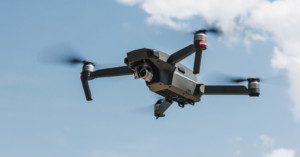
Google Wing Launches Free App to Help Drone Pilots Follow Rules
Wing, a division of Google's parent company Alphabet, has launched a free app in the United States called OpenSky that is designed to help pilots fly their drones legally.

Wing, a division of Google's parent company Alphabet, has launched a free app in the United States called OpenSky that is designed to help pilots fly their drones legally.

Washington State Governor Jay Inslee has published a set of guidelines for professional photographers who want to re-open their studios as the stay-at-home order in the state is rolled back. These guidelines—the first we've seen from a government entity—could act as a template for photographers in other states who are eager to open back up safely.
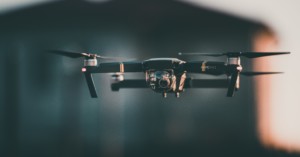
If you're a recreational drone user in the United States, there's cause to celebrate. Yesterday, the FAA announced that they have expanded their LAANC system to include recreational drone pilots, allowing users to get "near-real time" approval to fly in controlled airspace, as long as you stay below 400ft.
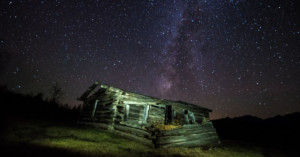
Buried within the 2016 Superintendent’s Compendium for Grand Tetons National Park & John D. Rockefeller, Jr. Memorial Parkway is a small, pesky provision that disallows the use of strobes or other artificial light from dusk til dawn.
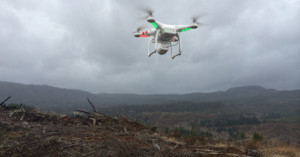
DJI Technology Inc, the largest civilian drone maker, is claiming in a new study that “59 lives have been saved by civilian drones in 18 different incidents, with one life a week being saved by drones on average.”
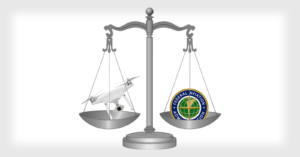
Drone manufacturer DJI is speaking about about the FAA's drone rules. In a white paper released last week, DJI stated that the FAA’s present regulations about what size drones pose a risk to humans are based on, "poorly chosen data and deeply flawed assumptions."

In case you were wondering, the answer is "Yes," the FAA means business when it comes to drone operators violating airspace regulations. This unfortunate lesson comes at the hefty cost of $200,000 for one Chicago-based company.
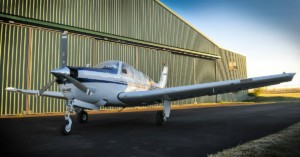
I hold a private pilot certificate, as well as a remote pilot certificate; I am also a photographer. I just wanted to share with you some advice from a budding pilot who comes from the much larger world of flying that is general aviation.
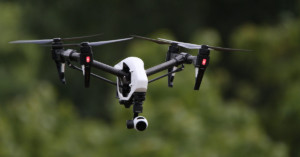
The FAA's long-awaited regulations for commercial drone use have finally arrived. Finalized and posted yesterday, the "Part 107 Rule" explains how old you have to be, what kind of certification you need, and how you're allowed to fly your drone if you're using it for commercial purposes.
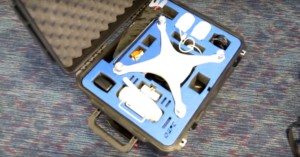
Colin Smith of photoshopCAFE recently got kicked off his Southwest Airlines flight. And according to Smith, it wasn't because he was carrying something dangerous or causing a scene or taking pictures when he wasn't allowed—no, he was kicked off for being a responsible drone owner.

A French tourist was arrested in Rome last week when he tried to fly his camera drone over the iconic Colosseum to capture some aerial footage. According to Italian law, he could now face fines of up to 113,000 Euro ($127K USD).

Drones present an exciting new world of possibilities for photographers looking to explore and capture their world. Never before has aerial photography been as accessible to the masses as it currently is thanks to companies such as DJI. However, to quote a line from Spiderman: “With great power comes great responsibility.” Drones can be dangerous if not used properly, and it is important to know the basics before taking off with your drone.

With the advent of consumer drones, governments are in the process of creating laws and regulations to keep both operators and bystanders safe. While some countries, such as the United States, haven’t made much headway, others have already established clear and concise rules for drone flying. The UK’s new ‘Dronecode’ initiative aims at communicating these regulations through brief bullet points and an animated video.
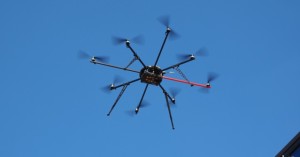
There have been multiple stories of drones getting shot out of the sky with shotguns in the past couple of years. Last November, we reported that a New Jersey man was arrested after shooting down a camera drone that was taking pictures over his property.
Now another drone pilot, Eric Joe, has just won a lawsuit against a disgruntled neighbor who blasted Joe's hexacopter out of the sky with a shotgun.
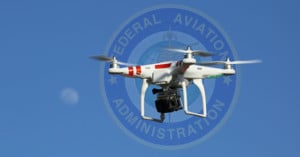
A newly leaked document by the Federal Aviation Administration may offer a first look at upcoming regulations for drones, and the laws discussed appear to be somewhat favorable for photographers who fly camera drones.

While the FAA is yet to receive the full legal authority over the regulation of drones or UAVs or quadcopters or whatever you want to call them, a recent incident involving a drone and commercial jet might just help them speed up the process to establishing legislation as to when and where these UAVs can fly.

It's only an idea, a thought experiment that is equal parts cool and terrifying from a privacy perspective, but the Gofor concept is definitely turning heads. Right now, getting into drone photography is pretty pricey, but Gofor imagines a world where you could rent one right from your smartphone.

It looks like tap tap tap's Camera+ added one too many features for Apple's liking. When the app developers tweeted a secret workaround that enabled the volume button to double up to control the shutter, Apple pulled Camera+ from the App Store.
Just this week, developer John Casasanta wrote in a blog post that an upgraded version of the app originally intended to launch the feature, VolumeSnap. VolumeSnap would have also allowed users to use the volume control on iPhone headphones as a remote shutter control. Pretty nifty.
But Apple rejected tap tap tap's new version, citing this as a reason:
Your application cannot be added to the App Store because it uses iPhone volume buttons in a non-standard way, potentially resulting in user confusion. Changing the behavior of iPhone external hardware buttons is a violation of the iPhone Developer Program License Agreement. Applications must adhere to the iPhone Human Interface Guidelines as outlined in the iPhone Developer Program License Agreement section 3.3.7
So tap tap tap left out the feature -- at first. The app retained the feature, which was now hidden, but could be enabled by pointing the phone's browser to a specific site provided by the developers.